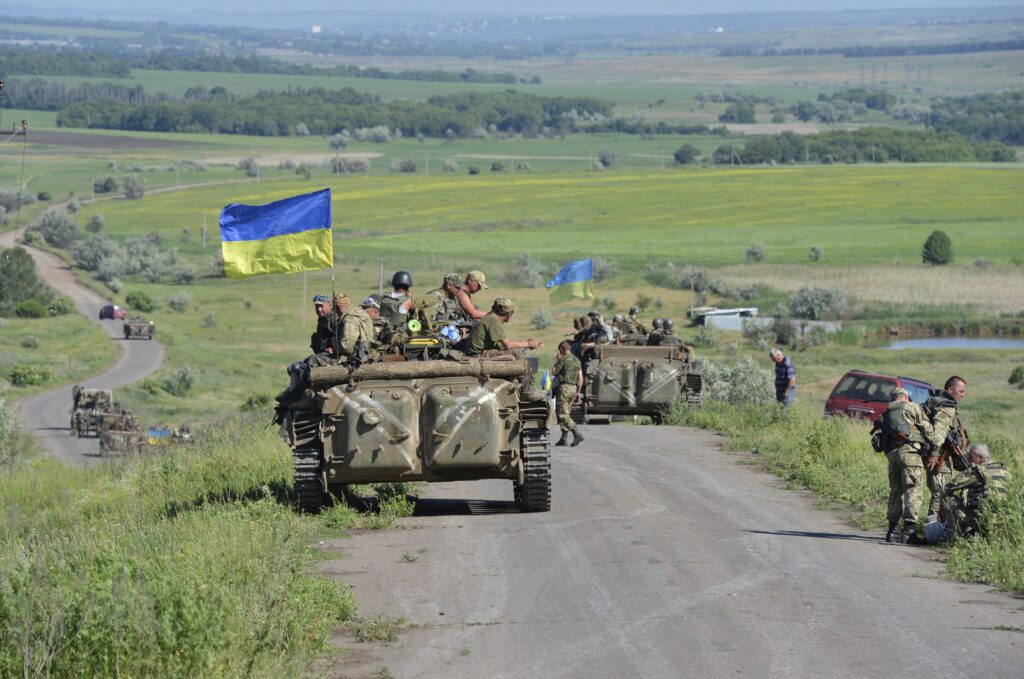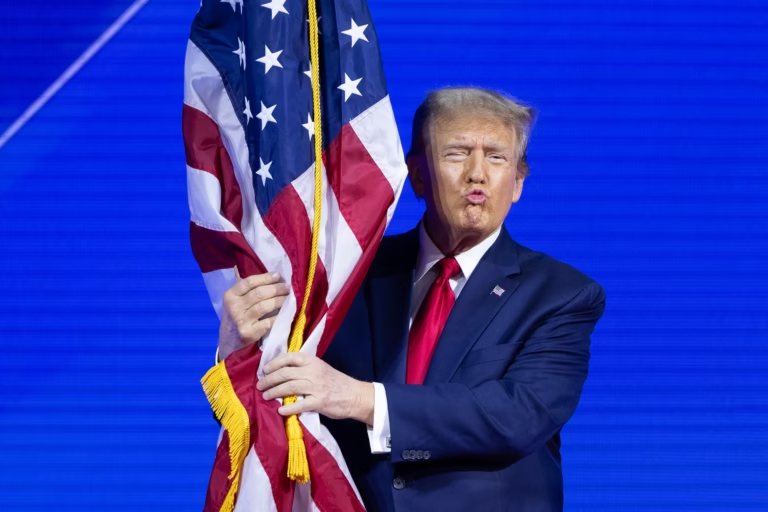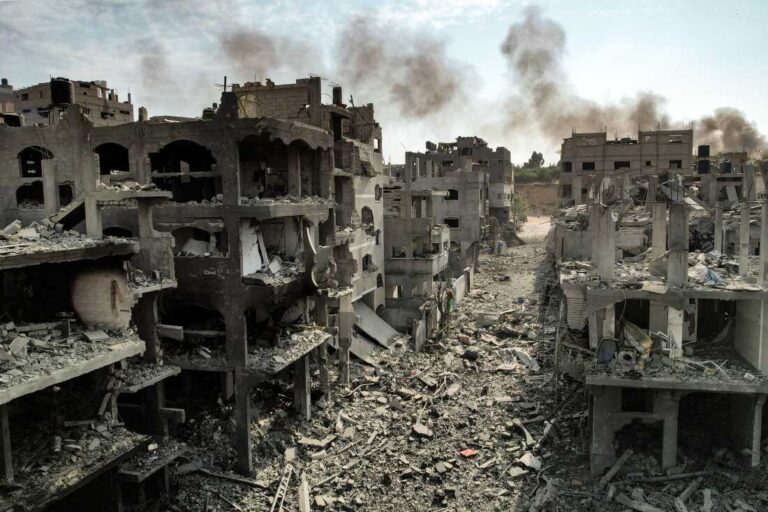A Day of Uncertainty in Brussels

(NATO Chiefs of Defence Discuss Deterrence–businessinsider.com)
What was supposed to be a routine NATO meeting in Brussels quickly turned into a day of uneasy recalibrations. The agenda—welcoming U.S. Secretary of Defense Pete Hegseth and coordinating military aid for Ukraine—was overshadowed by the Trump administration’s bold departure from NATO’s established stance. With rhetoric that appeared to align with some of Moscow’s demands, allies found themselves scrambling to maintain a united front.
The signs of turbulence were evident even before the meeting began. On Monday, President Donald Trump sent shockwaves through European capitals when he appeared to downplay Ukraine’s territorial sovereignty in a Fox News interview. “They may be Russian someday, or they may not be Russian someday,” he remarked, offering no clear commitment to Ukraine’s defense. European leaders have since treaded cautiously, with Latvian Defense Minister Andris Sprūds calling for “a very clear, specific plan.” Meanwhile, NATO Secretary General Mark Rutte carefully avoided controversy, stating, “We are intensely coordinating with President Trump’s team at all levels, and these are very good conversations.”
A Shift in NATO’s Ukraine Policy
But if allies were hoping for reassurance, they didn’t get it. In a dramatic policy shift, Hegseth dismissed Ukraine’s NATO aspirations, saying bluntly, “The United States does not believe that NATO membership for Ukraine is a realistic outcome of a negotiated settlement.” This marked a stark departure from NATO’s previous position that Ukraine was on an “irreversible path” to joining the alliance.

European leaders scrambled to downplay the shift. UK Defense Secretary John Healey insisted NATO’s position remained unchanged, reiterating, “Ukraine’s rightful place is in NATO,” while avoiding direct comment on whether Hegseth’s remarks conceded ground to Moscow. Estonia’s Defense Minister Hanno Pevkur pointed out that Hegseth’s statement lacked a timeline, arguing, “He didn’t exclude that one day Ukraine can be a member of NATO.”
Yet, another statement from Hegseth raised further concerns. Calling Ukraine’s ambition to reclaim its pre-2014 borders “unrealistic,” he signaled a new U.S. approach that many see as an implicit acceptance of Russian territorial gains. According to Matthew Savill, Director of Military Sciences at the Royal United Services Institute, “The U.S. is quite happy to march to its own beat and leave Europe and Ukraine to pick up the pieces.”
Europe Faces a New Reality
Meanwhile, as NATO ministers debated strategies to counter Russian aggression, Trump himself was engaged in a 90-minute phone call with Russian President Vladimir Putin. When Ukraine’s Defense Minister Rustem Umerov was asked about the conversation, he simply walked away from reporters.
Amid these policy shifts, one message from the Trump administration was unmistakable: Europe must take on a larger share of its own defense. Hegseth emphasized Trump’s demand for increased military spending, declaring, “Two percent is not enough; President Trump has called for 5%, and I agree. The United States will no longer tolerate an imbalanced relationship which encourages dependency.” Even NATO Secretary General Rutte acknowledged the reality, warning, “If we stick to 2%, we cannot defend ourselves in four to five years.”
The challenge now for European NATO members is not just agreeing with these statements but acting on them. While UK Defense Secretary Healey vowed, “We can, and we will step up,” Britain’s actual commitment remains vague, with a pledge to increase spending from 2.3% to 2.5% of GDP but no timeline attached.
Caught between a U.S. that is shifting its priorities toward the Pacific and a Russian military that is rapidly rearming, Europe faces a stark reality: words of agreement are no longer enough—action is what will define NATO’s future.


